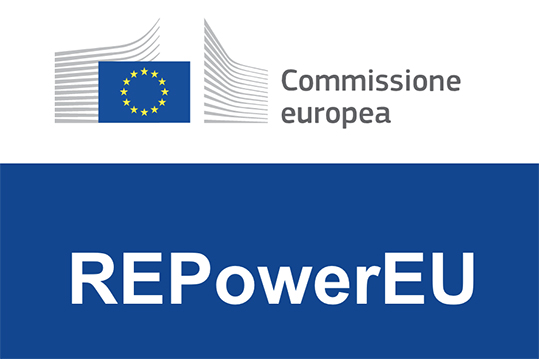REPowerEU: deal on energy measures in national recovery plans
Measures to save energy, produce clean energy and diversify supplies
•Member states to allocate more funds to cross-border and multi-country energy projects
•Support for vulnerable households, SMEs and micro-enterprises
MEPs struck a deal with Council on the inclusion of REPowerEU measures in national recovery plans to support independence from Russian fossil fuels and the green transition.
Negotiators from the Budgets and Economic and Monetary Affairs committees reached a provisional agreement with the Council on Wednesday morning. The deal provides that EU countries applying to receive additional funds through an amended recovery and resilience plan will be required, after the entry into force of this proposal, to include measures to save energy, produce clean energy and diversify energy supplies, as foreseen in the EU’s REPowerEU plan..
Boost independence and fight energy poverty
Negotiators agreed that the new rules will cover measures retroactively from 1 February 2022, with some limited exceptions. MEPs made sure that these measures are designed to support investments to tackle energy poverty for vulnerable households, SMEs and micro-enterprises.
Cross border measures, climate and transparency
MEPs convinced EU countries to allocate at least 30% of their spending under REPowerEU to multi-country measures, addressing existing bottlenecks in energy transmission, distribution and storage as well as increasing cross-border flows, even if carried out by one EU country.
The Commission can grant a derogation from this rule under specific circumstances
The “do no significant harm” principle should apply to the REPowerEU chapters, with exemptions granted to measures that safeguard the EU’s immediate energy security concerns, minimise the potential environmental harm and do not jeopardise EU climate targets. Such measures should be in operation by 31 December 2026. EP negotiators also strengthened the existing provisions concerning the input from regional authorities, NGOs and social partners in defining REPowerEU measures. Finally, they introduced new transparency rules concerning final recipients receiving the highest amount of funding. These rules will apply to the whole of the recovery and resilience plans.
Funding
Parliament negotiators ensured that from the additional 20 billion euro in grants proposed by the Commission, 8 billion will come from an earlier auctioning of national emission allowances under the EU Emissions Trading System ETS), while 12 billion will be taken from the Innovation FundIn addition, no revenue raised through the ETS can be used for investments in fossil fuel.
More information here..

